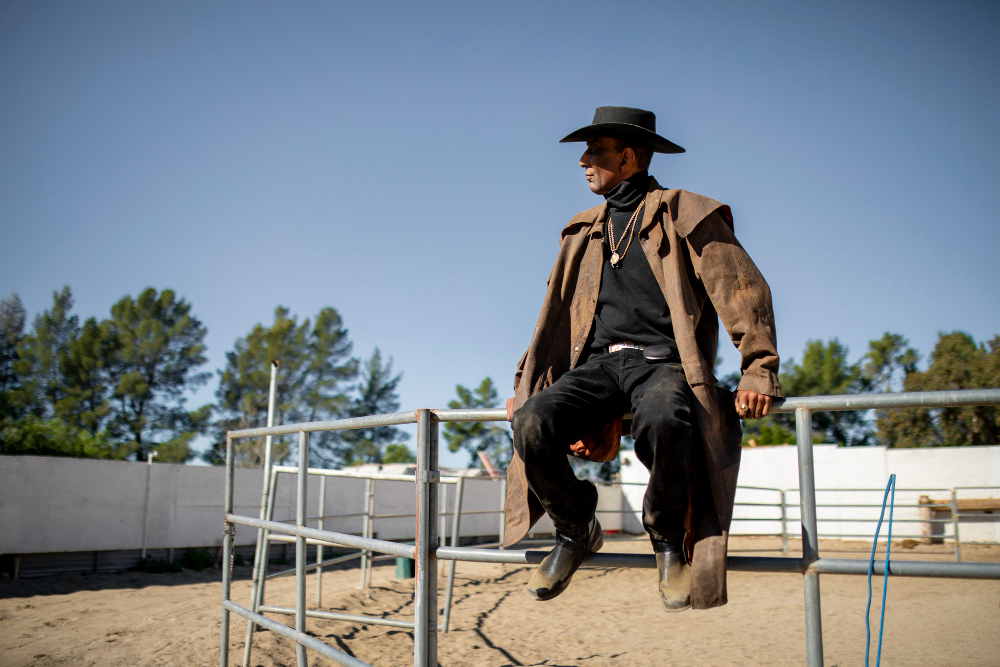Observing a baby wearing a helmet might prompt curiosity or concern from those unfamiliar with the reasons behind this medical recommendation. Primarily, these helmets are not related to physical activities, as one might initially think, but are a treatment method for certain medical conditions. The primary reasons for babies to wear helmets include the treatment of cranial asymmetry conditions such as plagiocephaly (flat head syndrome), brachycephaly (shortened head), and scaphocephaly (narrow head). These helmets, often referred to as cranial orthotic devices or cranial remolding orthoses, play a crucial role in ensuring a baby’s head develops correctly when natural growth doesn’t proceed as expected. This article delves into why babies wear helmets, the conditions they help address, and the positive impact they can have on a child’s development.
Addressing Cranial Asymmetry
Cranial asymmetry conditions, including plagiocephaly, brachycephaly, and scaphocephaly, have become more prevalent since the early 1990s when the “Back to Sleep” campaign recommended placing babies on their backs to sleep to reduce the risk of Sudden Infant Death Syndrome (SIDS). While successful in its aim, this practice led to an increase in cases where babies developed flat spots on their heads due to constant pressure on one part of the skull. Helmets are designed to gently redirect the growth of a baby’s skull to a more typical shape by applying light pressure to protruding areas while allowing room for growth in the flattened regions.
The Process and Duration of Helmet Therapy
Helmet therapy is typically recommended for infants between 4 to 6 months old when the skull is still malleable and before cranial sutures have fully fused. The duration of helmet therapy can vary depending on the severity of the condition and how early treatment begins, but it generally lasts between 3 to 6 months. During this period, the helmet must be worn almost continuously, 23 hours a day, with short breaks for cleaning and skin care. Regular follow-ups with a specialist are necessary to adjust the helmet’s fit as the baby’s head grows and takes on a more natural shape.
Customization and Comfort
Contrary to what some might believe, these helmets are not one-size-fits-all. Each helmet is custom-made to fit the unique contours of a baby’s head, ensuring maximum efficacy and comfort. The process involves taking precise measurements or digital scans of the infant’s head to design a helmet that will gently guide the skull’s growth in the desired direction. Although it might take a few days for both babies and parents to adjust to the helmet, most infants quickly become accustomed to wearing it without discomfort.
Addressing Potential Complications
While the cosmetic improvement of head shape is a significant benefit, helmet therapy also addresses potential complications associated with untreated cranial asymmetry. Severe cases might interfere with normal brain and skull growth, and could potentially affect a child’s vision, hearing, or jaw alignment. Early intervention through helmet therapy not only improves head shape but also mitigates the risk of such developmental issues, supporting healthier overall growth and development.
Emphasizing Parental Support and Awareness
For parents navigating the decision and process of helmet therapy, education and support are vital. Understanding why the helmet is needed, how it works, and what to expect can help alleviate concerns and make the experience less daunting. Parental involvement in the care routine, including helmet maintenance and skin care, is crucial for the success of the therapy. Additionally, raising awareness about the conditions leading to the need for a helmet and the therapy process can help foster a supportive environment for families.
A Stepping Stone to Healthier Development
The sight of a baby wearing a helmet might initially evoke surprise or sympathy, but it’s important to recognize the helmet as a stepping stone towards healthier development. By addressing cranial asymmetry conditions effectively, helmet therapy plays a crucial role in ensuring a child’s head grows into a natural shape, potentially preventing further complications. For many families, this therapy is a temporary journey that leads to lasting benefits, reinforcing the importance of early detection, treatment, and the supportive role of informed, compassionate care.



